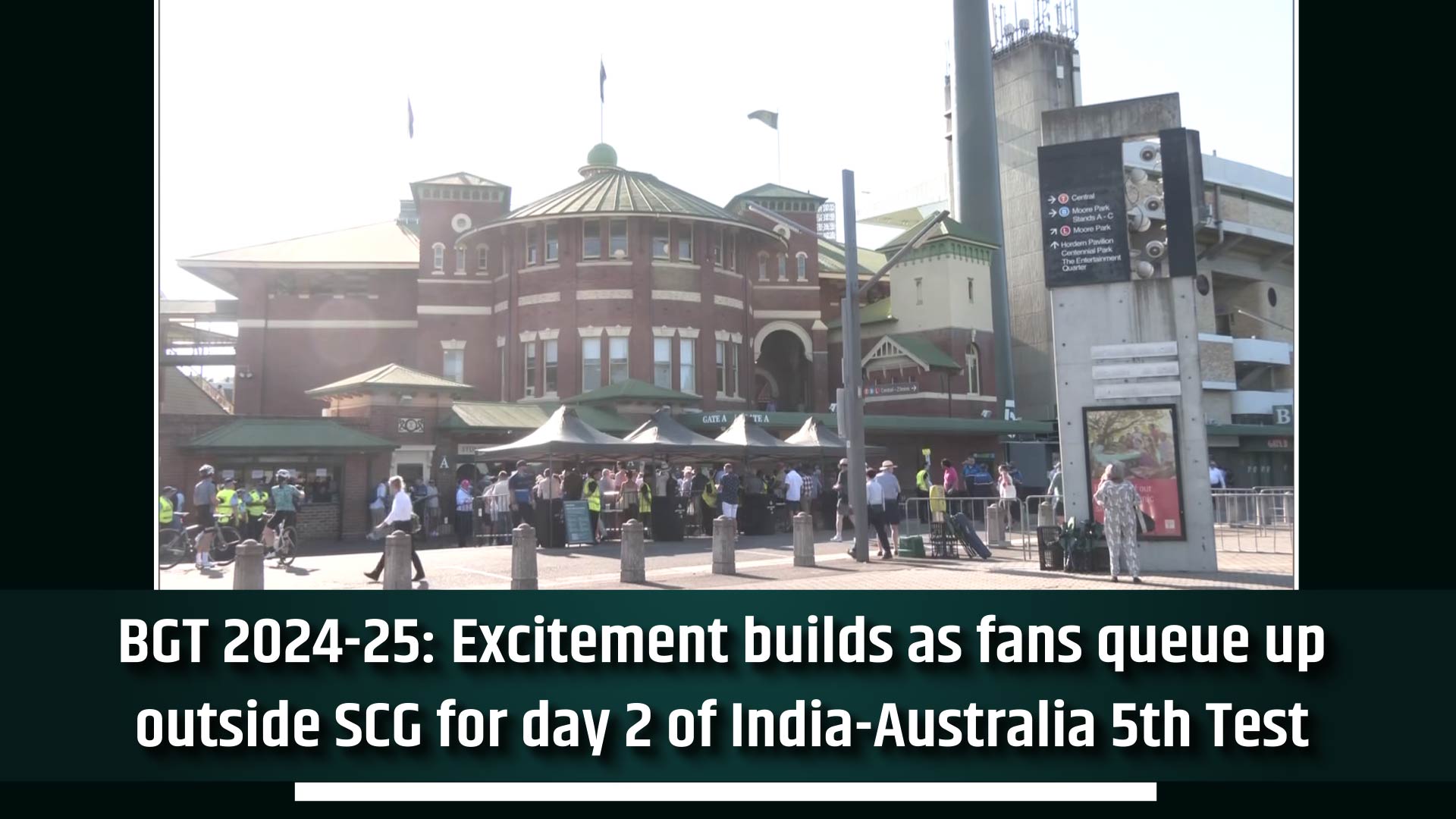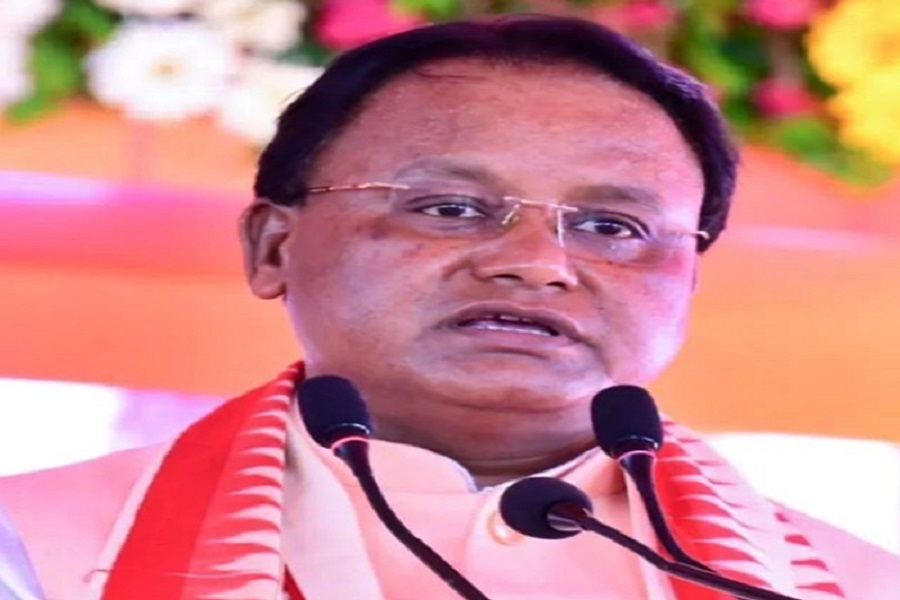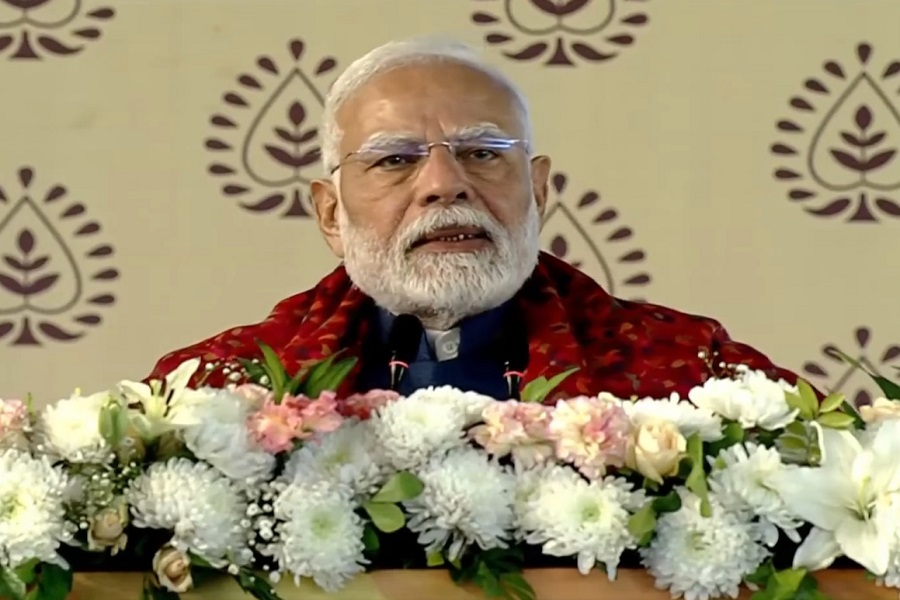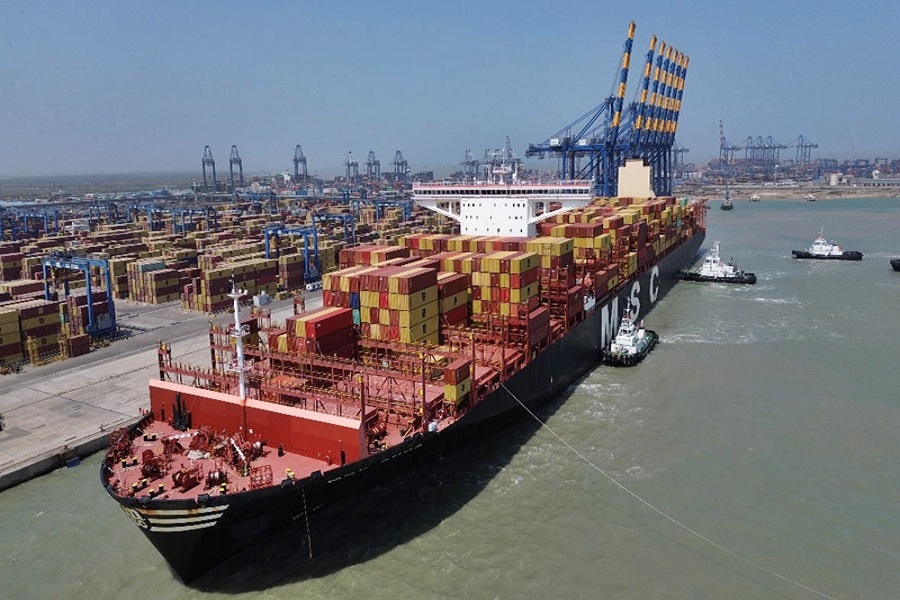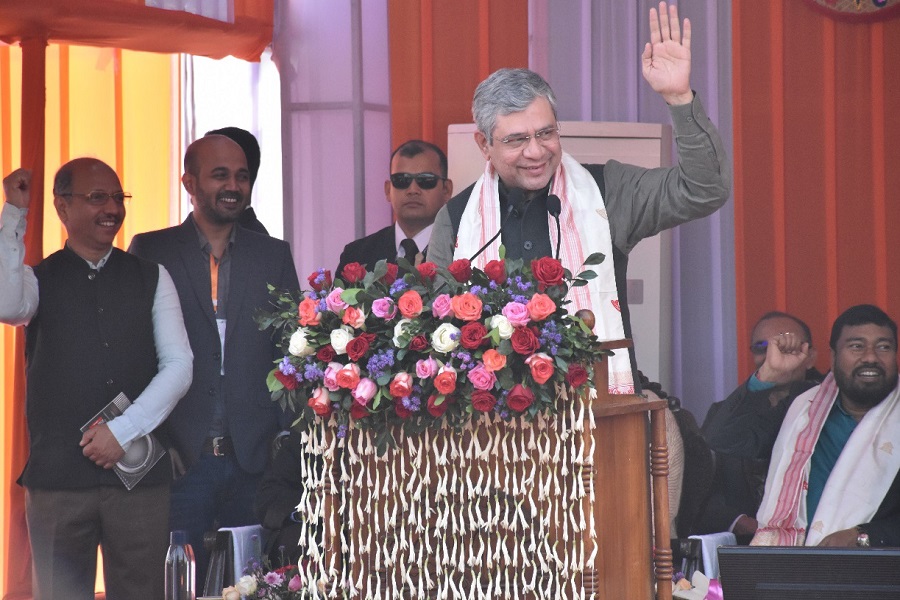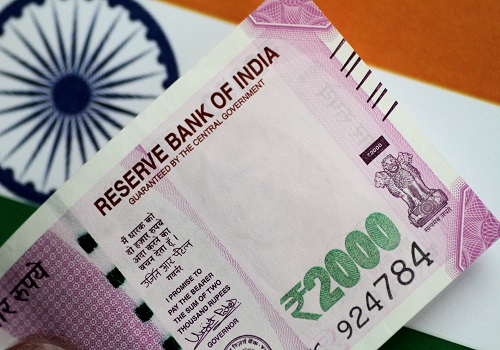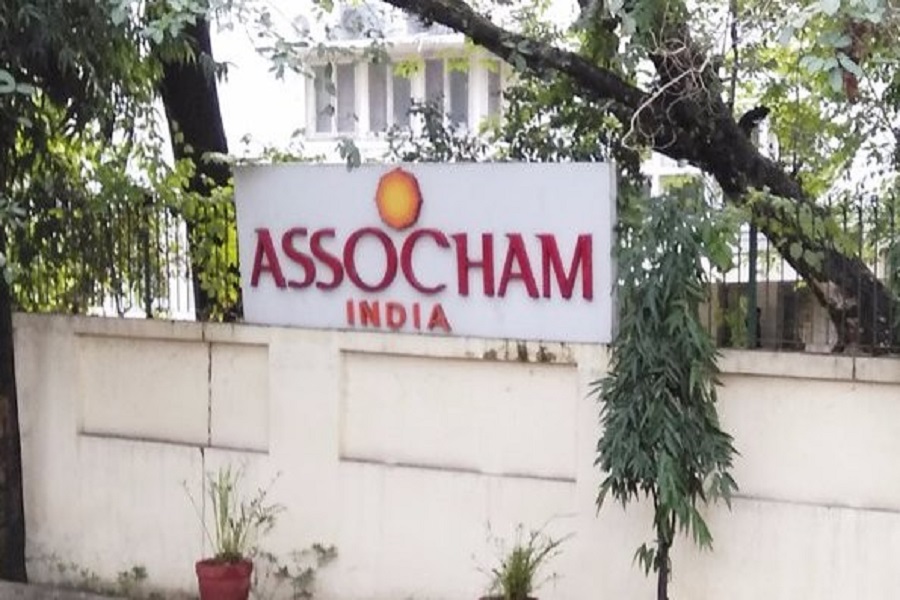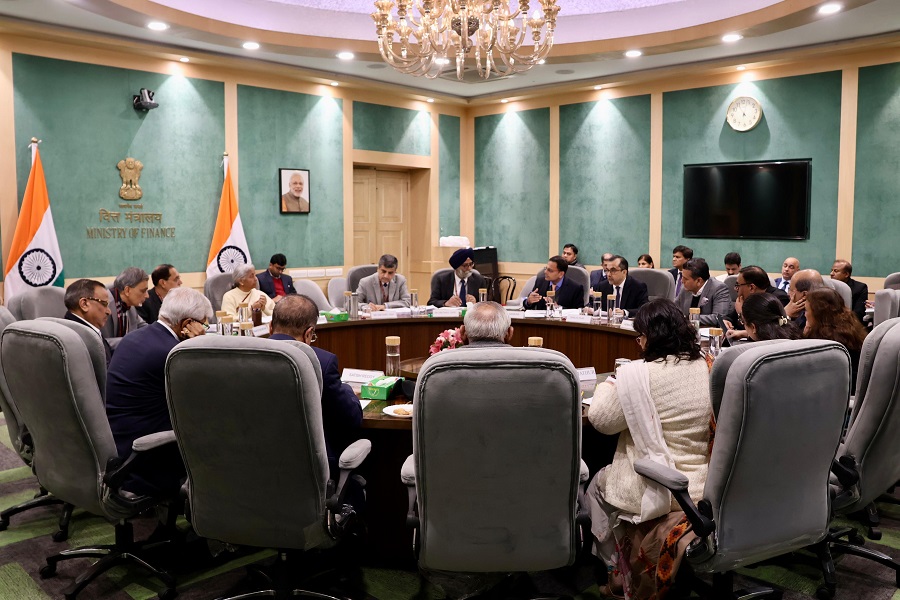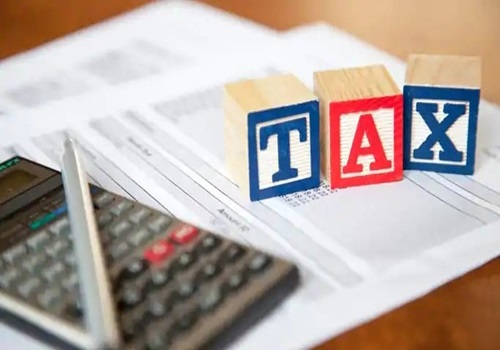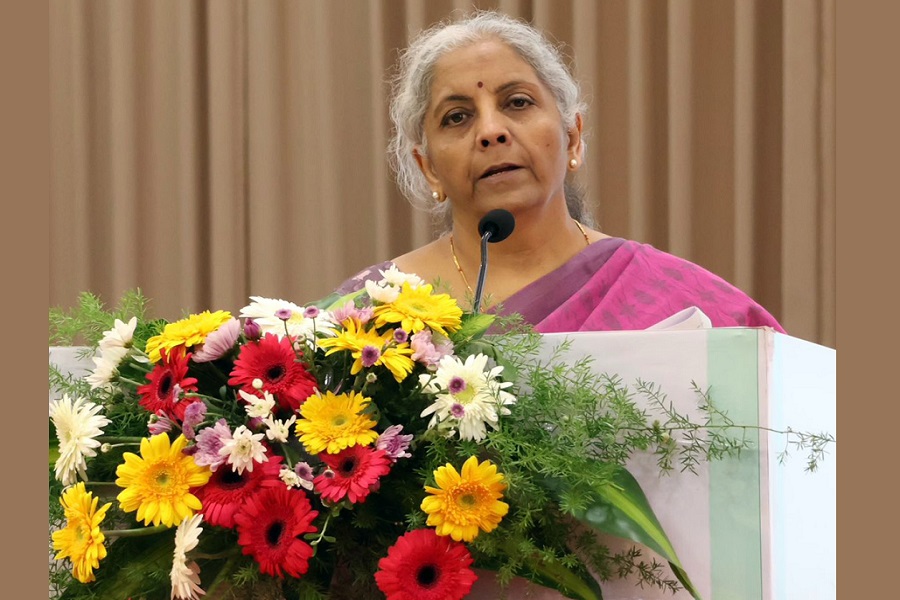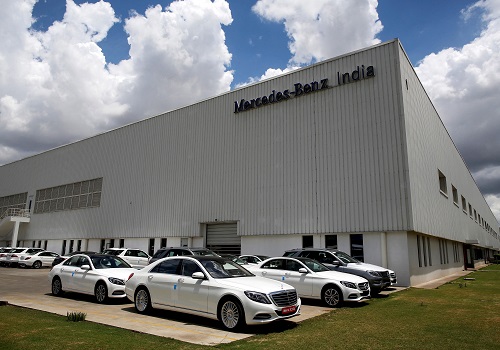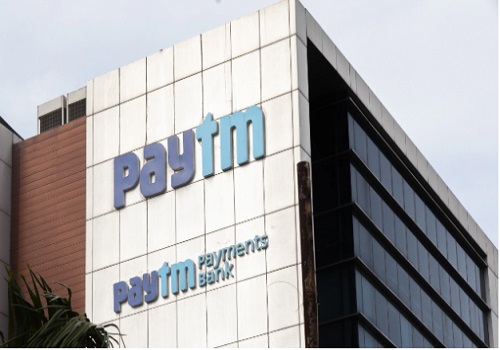PLI scheme buoys manufacturing sector, turns it into growth driver

Follow us Now on Telegram ! Get daily 10 - 12 important updates on Business, Finance and Investment. Join our Telegram Channel
India's manufacturing sector has emerged as the main growth driver as the country continues to be a bright spot with an over 7 per cent GDP growth amid the global slowdown.
The growth momentum in manufacturing which shot up to a robust 13.9 per cent in the July-Sept quarter is being backed with the government’s continuous process of economic reforms.
The interim budget has expanded the highly successful production-linked incentive (PLI) scheme to cover the toys, footwear and leather industries and enhanced the outlay for electronics, automobiles and pharmaceuticals to spur growth.
The country has registered a phenomenal 22.24 per cent surge in electronics exports to cross the $20 billion mark in the first nine months of the current financial year (2023-24), according to data compiled by the India Cellular and Electronics Association (FY24).
With the world’s leading smartphone makers like Apple and Samsung having set up factories in the country, mobile phone exports accounted for 52 per cent of total electronics exports at $10.5 billion between April and December 2023.
ICEA forecasts mobile phone exports to reach an impressive $14-15 billion by the end of 2023-24.
The government reduced the import duty on components used in smartphones to help domestic manufacturers compete with rivals in China and Vietnam and this is likely to increase the growth momentum of exports.
The Indian electronics sector is clearly on its way to going beyond import substitution and becoming an export hub.
The government’s policies have also seen more FDI pouring in with global giants such as US based chipmaker Micron Technology, Inc. now setting up $2.75 billion semiconductor factory in Gujarat. This has been a major breakthrough in a sunrise area that India desperately needed.
Similarly, auto giant Tesla is also eying the fast-growing Indian market for its electric cars as it looks beyond China to diversify its supply chain.
Finance Minister Nirmala Sitharaman has, in the interim budget, announced the government’s plan to expand and strengthen the electric vehicle (EV) ecosystem by supporting manufacturing and charging infrastructure. The announcement has buoyed the sentiments in the auto sector and is expected to lead to more investment.
Apart from this the manufacturing sector is also expected to benefit from various schemes announced in the interim budget for MSMEs (micro small and medium enterprises) which will lead to a more diversified development of the manufacturing sector and create quality jobs for youngsters graduating from the country’s engineering institutes and various universities.
Massive investments by the government in large infrastructure projects in the highways, railways and ports sectors has also led to the expansion of capacities in the steel and cement industries.
S&P Global Ratings expects India will remain the fastest-growing major economy for the next three years, putting it on track to become the world's third-largest economy by 2030, overtaking Japan and Germany.
The strength in the banking sector and recent and future structural reforms will make it eminently possible for the Indian economy to grow above 7 per cent in the coming years, the finance ministry has said in its latest review.
The fact that the budget deficit has been cut to 5.1% GDP will reduce government borrowing and this will make more funds available for private companies to invest in further expanding their operations and build on the growth momentum.

